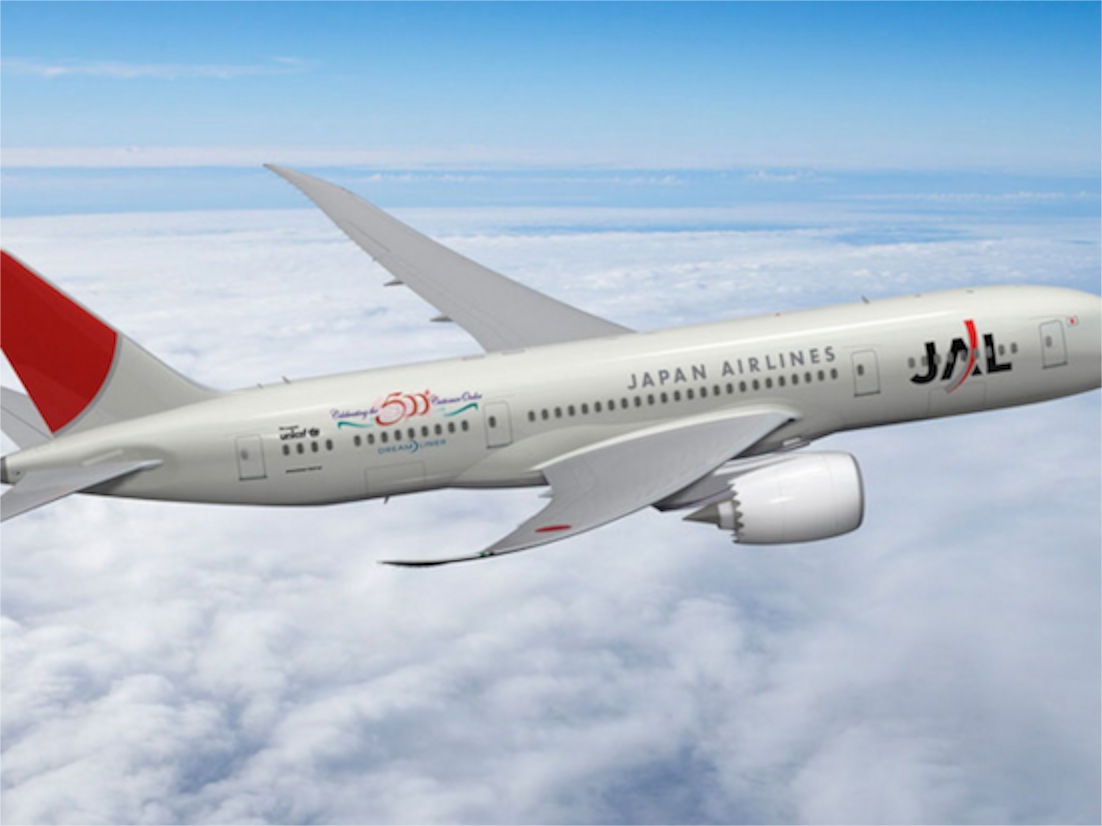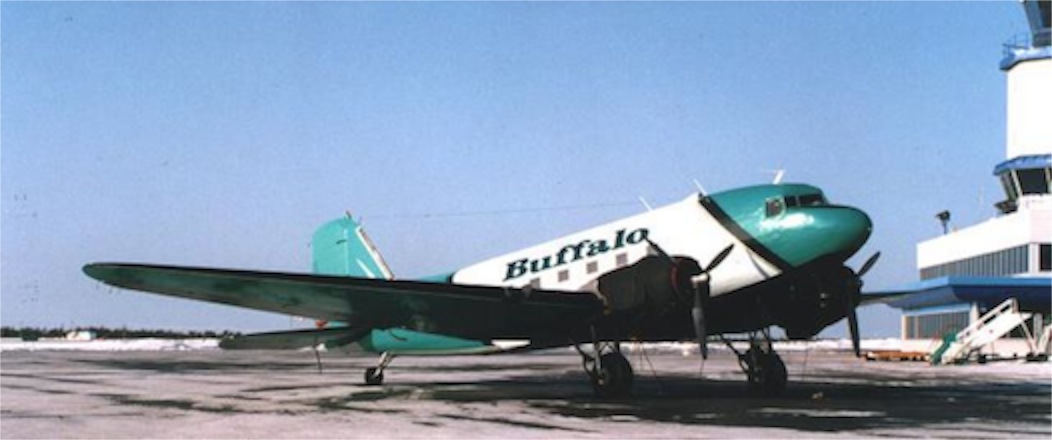Still flying
10/10/13 05:40

The Boeing 787 Dreamliner is back in the news for technical glitches. Billed as the world’s most advanced passenger airliner, the plane has been popular and Boing is manufacturing them at full speed and maintains a book of advance orders. But Japan Airlines recently placed an order with rival Airbus, which might be a sign of frustration with troubles with the Dreamliner. JAL had previously flown an all Boeing fleet. The entire Dreamliner fleet was grounded earlier this year after fires and overheating affected the batteries of several of the planes. Those problems were fixed but recently JAL had to turn back a flight after an electrical problem caused six of the seven toilets on the airplane to cease flushing. Another JAL flight had to return to base after a pinched wire leading to the plane’s emergency locater transmitter caused sparks.
Boeing will solve these problems. And the airliner will go on to provide service to passengers for a long time. At some time in the future the plane will be recognized as a major step forward for airline transportation as the advanced composite construction contributed to airliners that offered more passenger comfort alongside greater fuel economy.
I’d like to take a trip on a Dreamliner some day. I’m a big fan of airplanes and pay attention to innovations in the field of flying. Years ago, when Boeing was introducing the 747 as the world’s first jumbo airliner, I got to go aboard the first 747 delivered to Northwest Orient Airlines as it made its publicity tour prior to being placed in service. After its delivery to Northwest, the plane was flown from Seattle to Billings, Montana where we got to see it. From Billings it flew to Minneapolis. Minneapolis-Saint Paul was just being established as a hub for Northwest. It continued around the Northwest system and then entered service on the company’s Pacific runs.
But there is another airliner trip that I would like to take someday. If we drive, we could drive to Hay River in the Northwest Territories of Canada and take the regularly scheduled trip from there to Yellowknife. If we fly, we’d fly into Yellowknife and then take the scheduled flight on to Hay River. Either way we would be able to board a Buffalo Airways DC-3 airliner. The 28-seat airliner makes the 45-minute trip. The youngest airliner in the Buffalo Airlines fleet is eight years older than I am. And these airplanes just keep flying. There are many who believe that the DC-3 can make it to the century mark as an airliner in regularly scheduled service.

Production of civilian DC-3’s stopped in 1943 as the factory turned its attention to full time production of the military version, the C-47. Most of the DC-3’s in service began their life in military service and were later converted to the passenger version.
The story of the DC-3 is a story of innovation born in the midst of intense competition. Boeing had just come out with the 247, the world’s first modern airliner and United Airlines secured a contract for 60 aircraft to be produced before the 247 would be offered to sale to any other airline. That left Transcontinental and Western Airlines (TWA) and American Airlines at a distinct competitive disadvantage. TWA went directly to Donald Douglas who came up with the design of the DC-1, quickly followed by the DC-2. The DC-2 was a success and TWA was competing well with United. Meanwhile American Airlines was in conversation with Douglas as well and together they came up with a sleeper version of the DC-2 to replace old Curtiss Condor II biplanes that American was flying. American placed an order for 20 of the airplanes, designated the DST (Douglas Sleeper Transport). The first flight of the DST was December 17, 1935, the 32nd anniversary of the Wright Brother’s first flight at Kitty Hawk. After the first 7 DSTs rolled off the production line, an all passenger version was built, also for American. It was named the DC-3.
The rest, as they say, is history. The DC-3 proved to be extremely reliable. The engine mounts were designed so that engines could be replaced in the field with a minimum of basic tools. The Pratt & Whitney Wasp radial engines provided long time between overhauls and often would continue to run despite problems delivering the plane to its destination where repairs could be made. The plane went through many different versions, including upgrades from the original 9-cylinder 1820 radials all the way to the 14-cylinder R-2000 engines. In the 1950’s some DC-3 airframes were re-engined with turboprop engines.
Buffalo Airlines, however, operates the original piston engines on their planes. And that is a big attraction for me. I love the sound of those engines.
I’ve ridden on DC-3’s before. Johnson Flying Service in Missoula, Montana operated a couple of them as smoke jumper platforms. There were others around as well.
The DC-3 continues to serve as reliable transportation precisely because its technology is very basic. Other than upgraded avionics and navigation systems the airplanes are devoid of computers and other modern electronics. The panels are still fitted with mechanical instruments and the controls are connected to the flying surfaces with chains and push rods, not wires and servos. Parts that break can be made in conventional machine shops. Engines can be overhauled with new parts. Aluminum skins can be replaced section by section. Hydraulic systems are relatively simple by today’s standards. Leaks can be detected by visual inspection and repairs usually involve the replacement of a hose or a fitting. The airplanes continue to be safe, though passengers may consider the ride to be rough and noisy by today’s standards.
I fully expect the 787 Dreamliner to be a success for Boeing. And chances of me getting to ride on one of them are very good. But I am sure that the Dreamliner will not see a century of service. The DC-3 on the other hand, only needs 22 more years to make that record.
I might even be around in 2035 to witness the century flight.